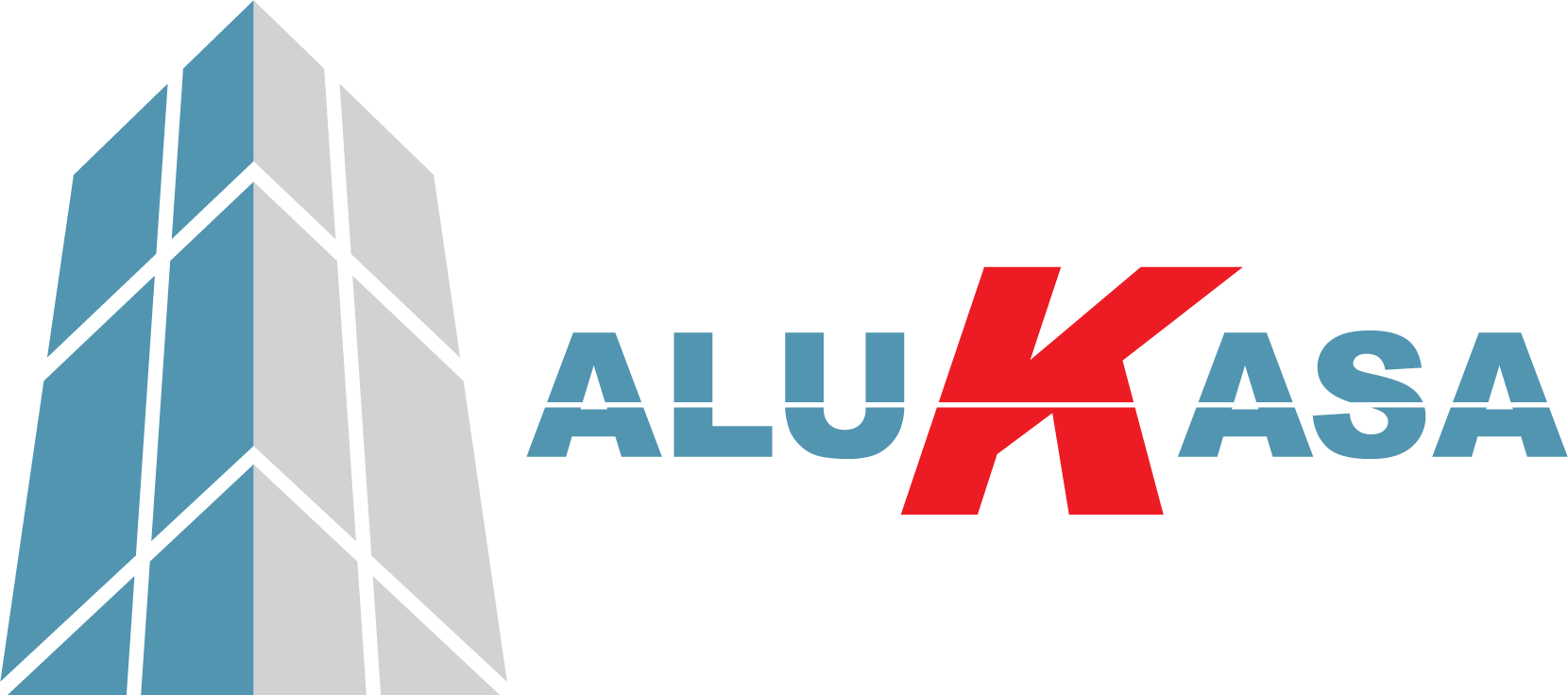To implement DevSecOps, software teams must first implement DevOps and continuous integration. Automate software deployment, gain control over complex release cycles, speed the release process and improve product quality with IBM UrbanCode®. DevSecOps operations teams should create a system that works for them, using the technologies and protocols that fit their team and the current project.
- However, the benefits offered through DevSecOps security tools go beyond the integration of security into workflows and improved workflows.
- If you’re interested in starting a career in cybersecurity, consider the Microsoft Cybersecurity Analyst Professional Certificate on Coursera.
- This ensures security is applied consistently across the environment, as the environment changes and adapts to new requirements.
- In today’s fast-paced digital landscape, ensuring the security of software applications is paramount.
- There are lots of potential benefits you might notice immediately after making the shift.
Kirstie first qualified as an V2 ITIL Manager in 2004 and spent four years working as the Chief Editor for itSMF International from 2012 where she built a strong global network of service management experts. Kirstie is a member of the authoring team for the ITIL4 book – Direct, Plan and Improve, and a contributing author to the ITIL4 practice guides. Human skills like collaboration and creativity are just as vital for DevOps success as technical expertise. This DevOps Institute report explores current upskilling trends, best practices, and business impact as organizations around the world make upskilling a top priority. DevSecOps is about creating a culture where security is a part of everyone’s job, not just the people specifically working in security roles.
What Are The Benefits of DevSecOps?
It’s vital to effectively communicate the benefits of automation, address concerns and involve stakeholders early in the process to help overcome this resistance. To achieve DevSecOps efficiency, you need security tests that eliminate false positives and false negatives, and provide useful information to your remediation team. In our recent CISO survey, 77% of respondents said most security alerts and vulnerabilities they receive from their current security tools are false positives that don’t require action, because they’re not actual exposures. Security refers to all the tools and techniques needed to design and build software that resists attack, and to detect and respond to defects (or actual intrusions) as quickly as possible.

One of the primary advantages of DevSecOps is its emphasis on early detection of vulnerabilities. By integrating security from the outset, developers can identify and address security flaws at the earliest stages of development. This proactive approach significantly reduces the likelihood of deploying code with critical vulnerabilities, ultimately leading to more secure applications. In dynamic testing, also called black-box testing, software is tested without knowing its inner functions.
What Is DevSecOps?
One of the best ways to become a DevSecOps engineer is by obtaining one of the various DevSecOps certifications. But with multiple options available, how can you choose the right DevSecOps course for you? This article will go over essential tips devsecops software development for selecting the best DevSecOps certification. This report dives into the strategies, tools, and practices impacting software security. DevSecOps is a methodology that is integrated into an enterprise’s DevOps pipeline to improve security.
Security can integrate and begin effective threat modeling during the initial concept of the system, application, or individual user story. Static analysis, linters, and policy engines can be run any time a developer checks in code, ensuring that any low-hanging fruit is dealt with before the changes move further upstream. Later I’ll be showing you how to use a tool to check code for security issues while you are writing it. Security testing coverage is a metric that evaluates the extent to which security testing is performed throughout the development life cycle. It measures the percentage of code coverage tested for security vulnerabilities and the comprehensiveness of security testing techniques applied. There was a long analysis phase, a long design phase, a long development phase, and then finally the software was compiled, tested, and released.
Most Common Vulnerabilities
Any IT firm worth its salt needs to be able to put out high-quality products and software patches over a consistent schedule and without constant interruptions or delays. DevOps allows developers to focus on methodologies or systems that help them meet their deadlines more readily and consistently. DevOps is a methodology designed to improve how quickly software can be produced and improved through the use of constant collaboration, automation, combination, and intelligence. Utilizing a DevSecOps CI/CD pipeline helps integrate security objectives at each phase, allowing the rapid delivery to be maintained.

In simple terms, DevOps is about removing the barriers between two traditionally siloed teams. In a DevOps model, development and operations teams work together across the entire software application life cycle, from development and testing through deployment and operations. When a team adopts DevSecOps practices, security is engineered into every aspect of software development, bringing together development, operations, and security professionals.
Who Does the Security for DevSecOps Policies?
DevSecOps engineering weaves security into every aspect of the software development lifecycle (SDLC), automating security policy compliance and streamlining threat response and remediation. DevSecOps moves the responsibility for security, ensuring it is fully integrated into every stage of the development journey, continually delivering security throughout the software development process. It achieves this goal through a combination of new tools and processes that enhance security of both the application software and the cloud resources which these apps use. DevSecOps (short for development, security, and operations) is a development practice that integrates security initiatives at every stage of the software development lifecycle to deliver robust and secure applications. Software and security teams have been following conventional software-building practices for years. Companies might find it hard for their IT teams to adopt the DevSecOps mindset quickly.

A lower mean time signifies faster incident response, reducing the potential impact of security breaches. DevSecOps engineers need the technical skills of development and IT professionals as well as knowledge of the DevOps methodology. They also need deep knowledge of cybersecurity, including the latest threats and trends. There aren’t steps in some process you need to achieve in order to “be DevSecOps”.
DevOps security is automated
Development teams can utilize that feedback to resolve issues in real-time and offer better applications. To solve vulnerabilities early in the development pipeline, DevSecOps solutions utilize Application https://www.globalcloudteam.com/ Security (AppSec) tools to save time and resources. The three different types of AppSec tools have the purpose of detecting, repairing, and preventing security vulnerabilities at the application level.
DevSecOps extends the DevOps culture of shared responsibility to include security practices. DevSecOps evolved to address the need to build in security continuously across the SDLC so that DevOps teams could deliver secure applications with speed and quality. Incorporating testing, triage, and risk mitigation earlier in the CI/CD workflow prevents the time-intensive, and often costly, repercussions of making a fix postproduction. This concept is part of “shifting left,” which moves security testing toward developers, enabling them to fix security issues in their code in near real time rather than “bolting on security” at the end of the SDLC. DevSecOps spans the entire SDLC, from planning and design to coding, building, testing, and release, with real-time continuous feedback loops and insights.

